
Choose the best activity monitor - group test
Choose the best activity monitor - group test
Many of us have relatively sedentary lifestyles and need a nudge to move a bit more. An activity monitor is a useful tool if you are trying to lose weight, are training for a longer ride, or are recovering from an injury. It will measure how far you cycle, walk, run and (some models) swim. It can log your heart rate, calories burned, stress levels, and even the amount of sleep you get. Activity monitors come in a couple of broad categories: fitness trackers and smartwatches. Smartwatches have more features and are more expensive. All the devices tested are worn on the wrist and double as a watch. To look at the data, however, you’ll need the accompanying smartphone app. All activity monitors have to be charged every few days, and all the ones on test use up all of their power if tracking a bike ride via GPS for more than eight hours. I tested the activity monitors on short rides and my colleague Nik Hart, a keen Strava user, took them for longer rides.
Using your tracker
There is no one-size-fits-all target for getting fitter; even the muchquoted 10,000 steps a day is an arbitrary number dreamed up as a marketing campaign for the Tokyo Olympics in 1964! Tailor your fitness tracker to you and try to improve your level of fitness in small steps. Your target could be as simple as cycling a certain distance a week or month, and regularly getting eight hours’ sleep.
The group test
1. FITBIT IONIC
£279.99
https://www.fitbit.com/uk/ionic
The bike-mode GPS has a slight lag at the start but is accurate. Distance and overall averages matched those of a bike computer used simultaneously. It creates GPX files, records elevation, and works with Strava too. You can set it to ‘Smart Track’ your cycling, so you don’t have to press any buttons, but it’s not as accurate as manually starting and stopping it. If you swim, it’s not very accurate at counting lengths and tends to double count if you tumble-turn. It’s straightforward to sync it with its app; the whole initial setup took about 15 minutes, which was the quickest here. It’s big and chunky – the kind of fitness tracker everyone knows you are wearing. It wasn’t the comfiest to wear while sleeping, and it would randomly light up at night when I moved my wrist (but you can turn that off). Battery life is four days if not using GPS, around nine hours if using GPS constantly.
Verdict: A big watch that’s easy to see and operate, via buttons or touchscreen, even when cycling in the rain.
2. GALAXY WATCH
£279
https://www.samsung.com/uk/wearables/galaxy-watch/
The best thing about this is that it automatically detects when you get on your bike and start riding, which is great if you are in a hurry and forget to hit start on your watch. The app is easy to navigate and syncs easily without you having to do a thing. GPS riding data is detailed and easy to understand. Like the Fitbit Ionic, this smartwatch is big (it’s 49g) and feels clunky to wear. I found it uncomfortable to wear in bed. It reminds you when you have been inactive or sitting at your desk for too long. For me the greatest plus point is that the swimming data is accurate and even details average strokes per length. The charging stand is bulky and Samsung’s voice assistant – called Bixby – is annoyingly hard to use.
Verdict: Four days’ battery life whatever you do, a decent heart rate monitor, and detailed data – but it’s expensive and big.
3. GARMIN VIVOSPORT
£149.99
https://buy.garmin.com/en-GB/GB/p/574602
Smaller, lighter and more comfortable to wear, the tradeoff is that it’s hard to operate and see while cycling. It’s not as intuitive as other Garmin products. While the GPS
information was spot on, it sometimes took ages to locate satellites, making it less than ideal for commuting. The Garmin app packs in lots of information, including a full calendar history of your activity, even if you have forgotten to sync with your phone for a while. The cycling data gives you a GPX file, breakdown of the ride in segments, graphs for heart rate, elevation, and speed. It doesn't work as a swimming tracker.
Verdict: Small, discreet and comfy, with a great app, but it’s a bit tricky to use on the go.
4. POLAR A370
£159.50
https://www.polar.com/uk-en/products/sport/A370-fitness-tracker
Small enough to be discreet and not get in the way, the Polar A370 nevertheless has a big, clear screen. It’s relatively simple to use, once you get the hang of it, having just the one tiny button on the side. Both Nik and I found it the most comfortable to wear while cycling. I had some issues with it taking a long time to sync with my mobile, and the design of the app isn’t as user-friendly as the others tested. But it’s the simplest to charge, using a normal cable. It’s let down by the accuracy of its heart rate monitoring. Nik started a ride at approx 50-55 BPM then it began registering a HR of 120+ within 20 seconds, before Nik started pedalling. I didn’t experience that but did have to really tighten the strap to get a good reading.
Verdict: A simple and straightforward tracker. We found its HR monitoring somewhat erratic.
How to choose the best activity tracker
Battery life
GPS tracking drains the battery life fast. Most fitness trackers work well enough on a ride that’s under six hours, but if you will be logging longer rides, you will be better off with a dedicated bike computer.
The app
The accompanying phone app displays the data collected by your activity tracker; you will need to wirelessly sync your tracker with your phone. If you have the two devices always connected, it is easier but drains the battery on both your phone and tracker.
Comfort
The strap is very important, as you will be wearing this all day and (if you want the sleep data) all night. To get a reliable heart rate, you may need to wear the strap more tightly than a normal watch, so ensure that the strap isn’t going to cause a rash. If you can sleep with a large watch on your hand, you shouldn’t be too bothered by this.
Alerts
If you want to receive calls, texts and notifications on your activity tracker while cycling, you will need to enable this function. It’s useful if you don’t have perfect hearing or work in a noisy place.
Screen
If your eyesight isn’t 20/20 and you want to check your progress at a glance while cycling, a bigger screen is much easier to see.





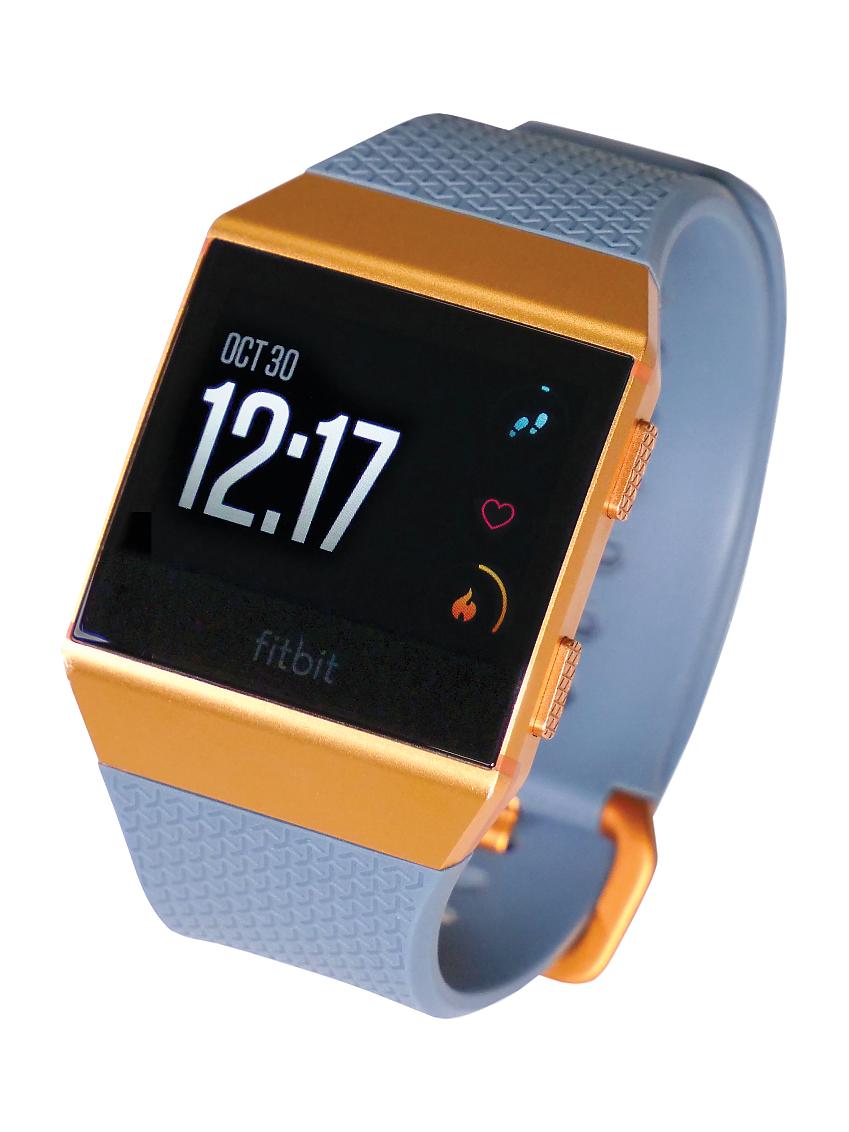
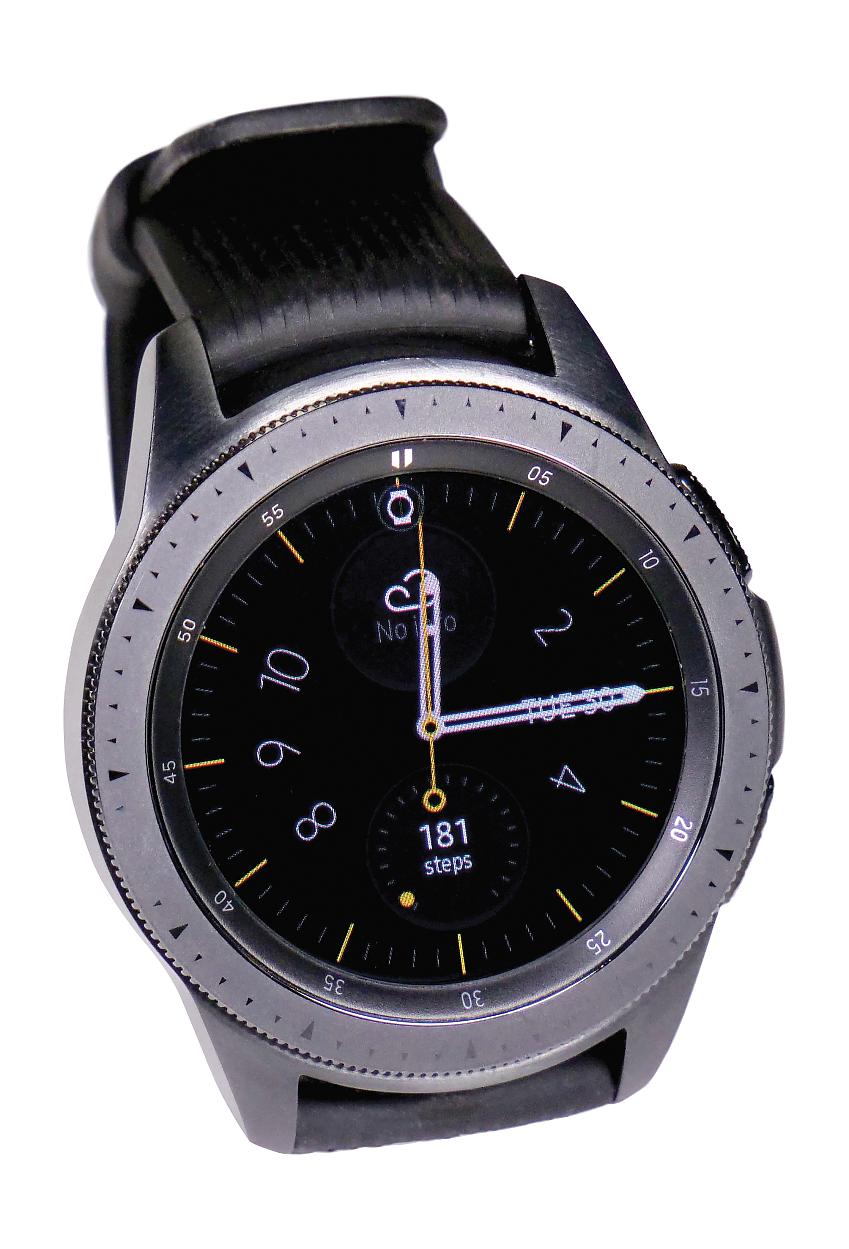
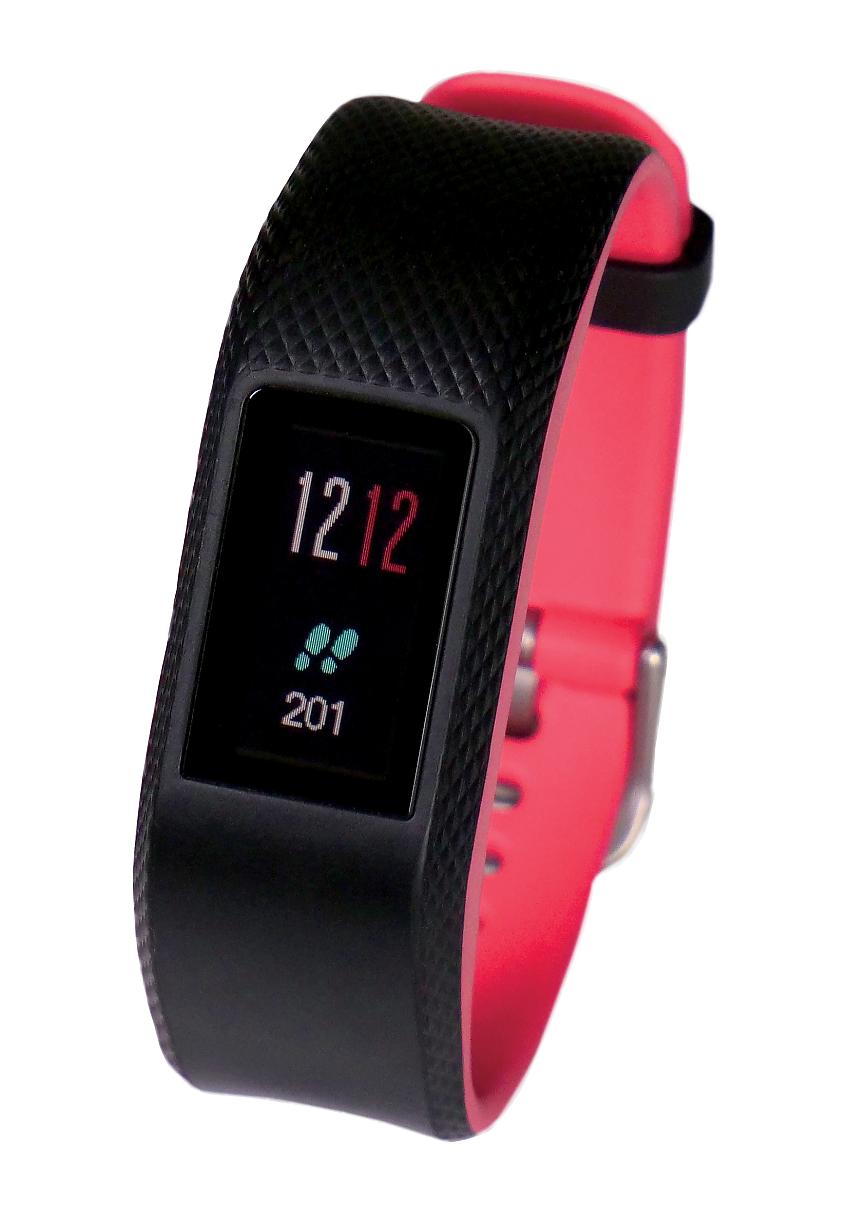
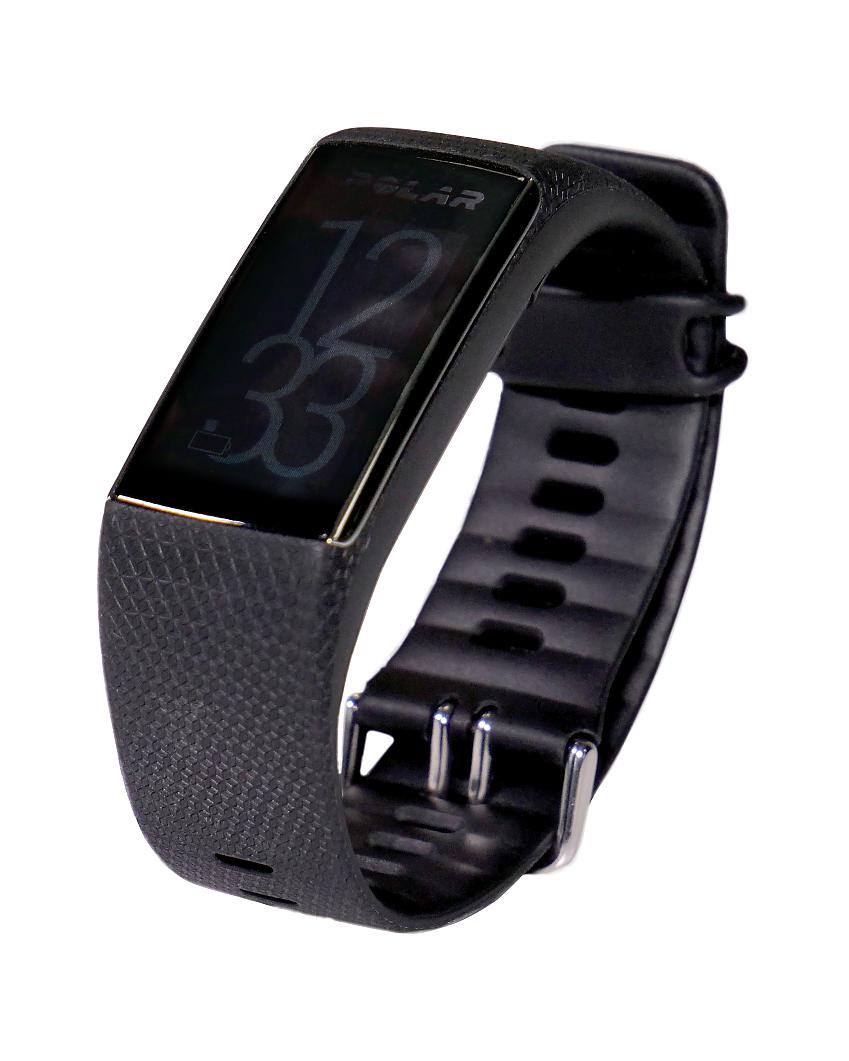
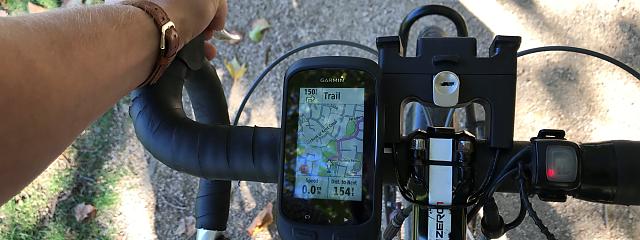
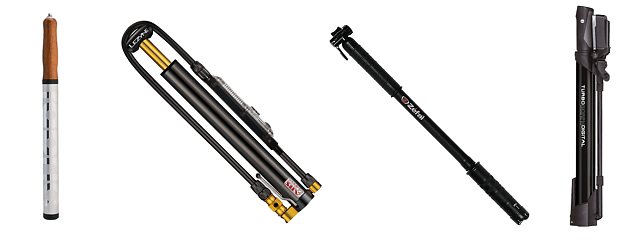
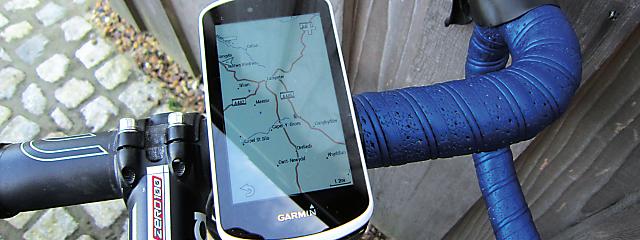
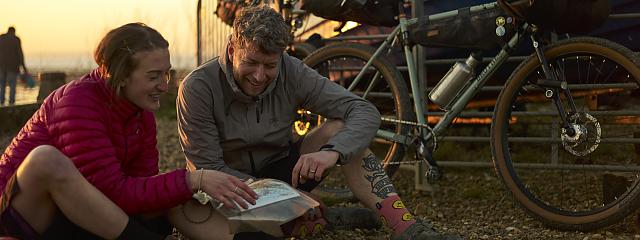
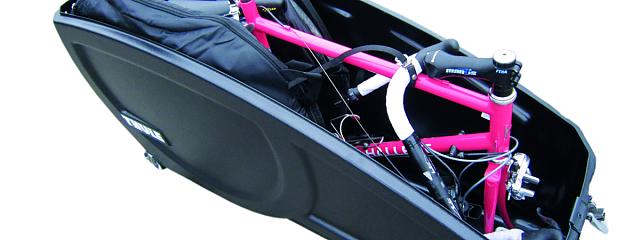
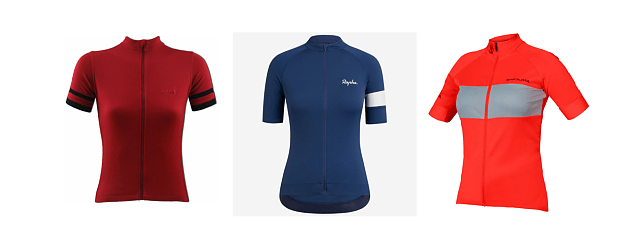
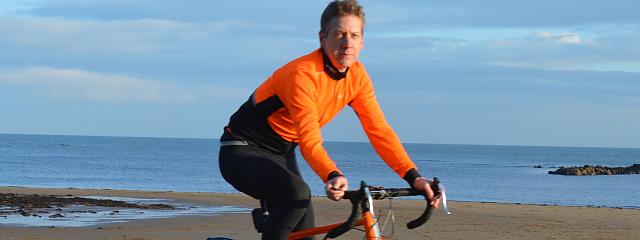

Comments
activity monitors
have a tom tom 3 watch very pleased with except the watch straps now onthe 3rd because they keep cracking as just out of guantee having problem getting replacement.so looking at the garmin vivosportf ter as replacement as shown in your review hoping there watch straps are stronger and easily replaceable
hope Garmin after sales service is better than Tom tom.